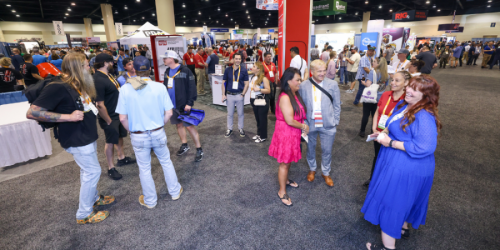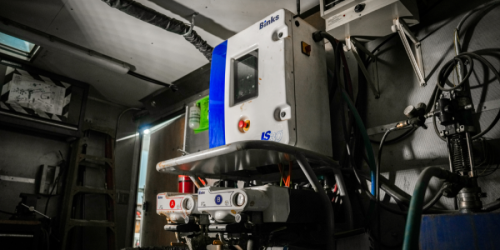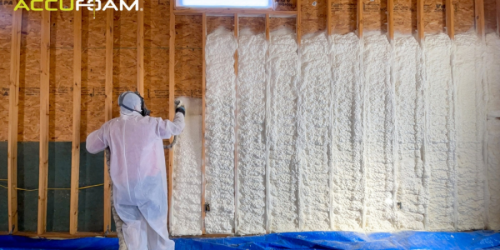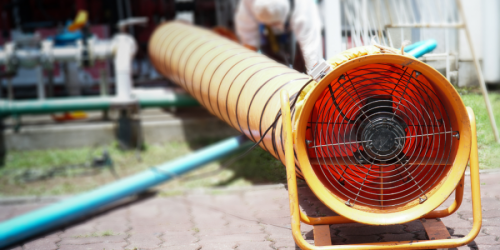Q&A Forums
Outgassing or fire safety Post New Topic | Post Reply
| Author | Comments |
|---|---|
|
Rita Ricketson
Posted: Aug 22, 2007 10:27 AM
|
Outgassing or fire safety
Hi,I have a 170 yr old home in Vermont, and intend to use spray on foam to insulate my (mostly) stone foundation. I have gotten estimates from two contractors. One says outgassing from a fire is not an issue, and sprays foam and a "paint" coating, and that there is very little outgassing at all. The other contractor says fire is an issue - the foam produces toxic fumes, and we could, but do not have to, coat it with a fire retardant paint coating, which delays the toxic outgassing, but does not eliminate it. He also says we should leave the house for several hours, at least while it is being sprayed on. What do you think? Is there much difference between brands, in terms of their possible health issues? Other considerations? Thanks, Eileen |
|
mason
Posted: Aug 22, 2007 12:11 PM
|
Eileen, All building materials release toxic gases when burned. The most common toxic gases are carbon monoxide and carbon dioxide. When SPF burns it releases carbon monoxide, carbon dioxide and traces of cyanide. The smoke developed rating of a product in accordance with E 84 tells you how much volume of smoke is produced compared to burning white pine. Building codes require that all foam plastics have a smoke rating of 450 or less. (White pine would have a smoke rating of 1000) . However, this is not the whole story with SPF. The surface of the foam if exposed to a fire source of around 500 to 800 degrees F can ignite and if enough surface area is exposed, the exposed surface area of the foam can flash and the flames roll similar to an ocean wave across the face of the exposed foam creating a large amount of smoke and heat in a short amount of time. This is why thermal barriers and ignition barriers are required by building codes. Building codes require all inhabited areas of the building cover foam plastic with a thermal barrier described by the codes as 1/2 inch of gypsum board (sheetrock). Since most houses use this as the interior wall finish, it is not an additonal expense. Once covered the foam is a very safe material to use. Ironically, once the foam surface burns, it forms an intumescent char that is fire resistant and in many cases protects the foam from further fire damage. But the danger is how quickly the smoke develops. Some foams have been tested in room corner fire tests with a variety of coatings to determine if the coatings provide sufficient fire protection to be accepted either as a thermal barrier or an ignition barrier. To date, I am not familiar with a intumuscent coating that has passed the thermal barrier room corner tests, but some have passed the igniton barrier tests. The ignition barriers are required in attics and crawlspaces where entry is only for service of utlities and are not inhabited areas. Ignition barriers do not have the same degree of fire protection as a thermal barrier. In order to be sure about a specific foam and coating combination, ask for an evaluation report from ICC Evaluation Services. It will list the fire test conducted on the foam and specific coating and where and how it can be installed and with which coatings. Fire tests listed by the building codes include UL 1715, UL 1050, FM 4880 Building corner wall test, UBC 26-3. For attic and crawl spaces SWRI 99-02 has been used by the ICC Evaluation Services to determine equivalent ignition barriers. For more specific information on the fire burining characteristics of sprayfoam and thermal barriers, go to sprayfoam.org and download technical document AY 126, Thermal Barriers for the Spray Polyurethane Foam Industry. |





























